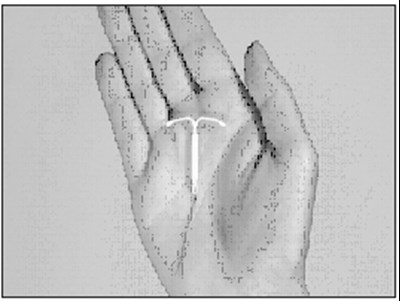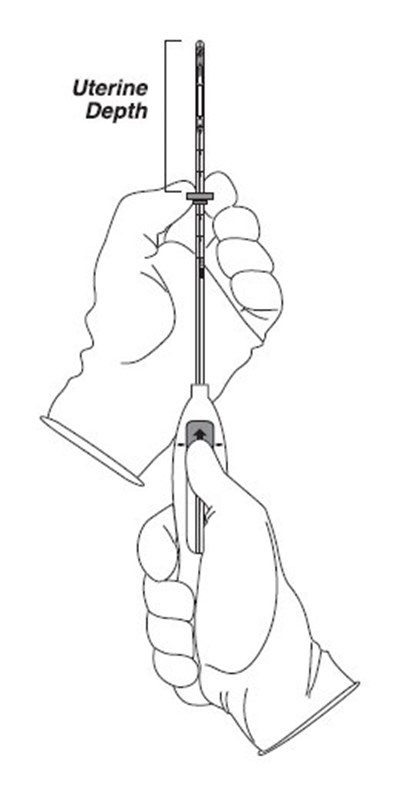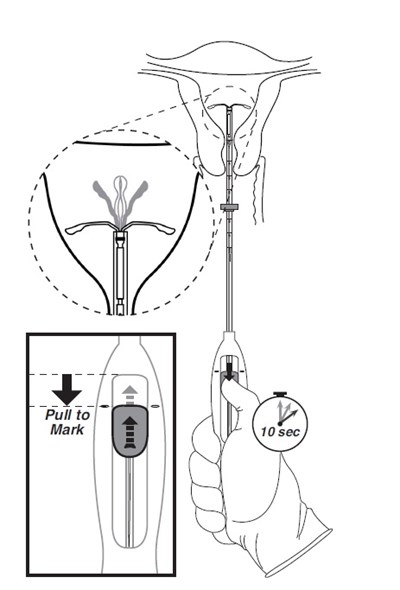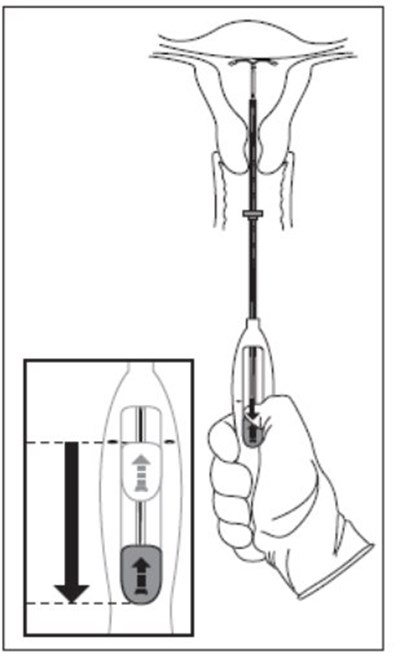Product Images Mirena
View Photos of Packaging, Labels & Appearance
- 2f8a3831 57ff 46c1 b09b f56a3347ccc7 00
- 2f8a3831 57ff 46c1 b09b f56a3347ccc7 01
- fig 12 - fig 12
- fig 13 - fig 13
- inserter - image 01
- Figure 1 - image 02
- Fig 2 - image 03
- Fig 3 - image 04
- Fig 4 - image 05
- Fig 5 - image 06
- Fig 6 - image 07
- Fig 7 - image 08
- Fig 8 - image 09
- fig 9 - image 10
- Chemical Structure - image 11
- Fig 10 - image 12
- Fig 11 - image 13
- uterus - image 16
- pregnancy chart - image 17
- image 18
Product Label Images
The following 20 images provide visual information about the product associated with Mirena NDC 50419-423 by Bayer Healthcare Pharmaceuticals Inc., such as packaging, labeling, and the appearance of the drug itself. This resource could be helpful for medical professionals, pharmacists, and patients seeking to verify medication information and ensure they have the correct product.
fig 12 - fig 12
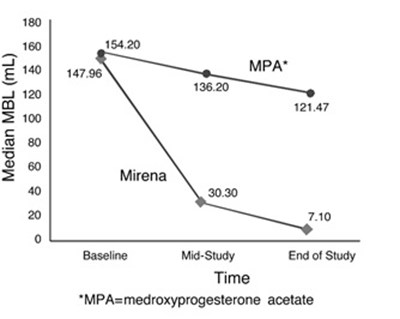
This appears to be a table or a chart. The column header reads "Median MBL (mL)" and the only available value is 180. The next row contains some time-related information, possibly indicating the start and end points of a study. The last row seems to contain the name of a drug "MPA = medroxyprogesterone acetate". It is not possible to determine the exact context and purpose of this data without additional information.*
fig 13 - fig 13
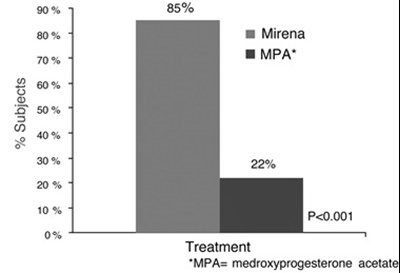
This appears to be a table showing the percentage of subjects who were treated with Mirena and medroxyprogesterone acetate (MPA). The percentages appear to be under different categories or conditions, but without further context, it is not possible to determine their meaning.*
inserter - image 01
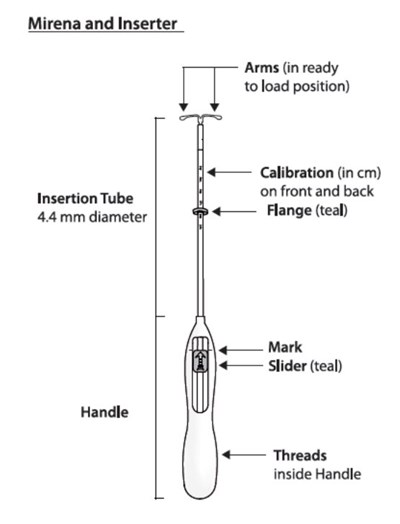
The text describes a medical device called Mirena and its inserter. It has arms in a ready-to-load position and a calibration in centimeters on its front and back. The device consists of an insertion tube, a flange, a 4.4 mm diameter mark, a slider, a handle, and threads inside the handle.*
Fig 10 - image 12

The text provides a technical drawing of a medical device with various parts labeled. The device seems to have a 32mm drug reservoir, a T-body, and removal threads. The purpose and function of the device cannot be determined from the given information.*
pregnancy chart - image 17

This appears to be a chart comparing different methods of birth control based on the estimated number of pregnancies per 100 women in one year, as well as listing the different types of birth control methods available. The chart indicates that implants, injections, intrauterine devices, and sterilization are more effective methods with fewer pregnancies per 100 women, while condoms, diaphragms, and fertility awareness methods have a higher rate of pregnancies. It also lists common hormonal birth control methods such as pills, patches, and vaginal rings, as well as non-hormonal methods such as spermicide and withdrawal. The last row states "No birth control".*
image 18

The text is a mix of incomplete sentences, codes, and random characters. The information provided is not available.*
* The product label images have been analyzed using a combination of traditional computing and machine learning techniques. It should be noted that the descriptions provided may not be entirely accurate as they are experimental in nature. Use the information in this page at your own discretion and risk.

